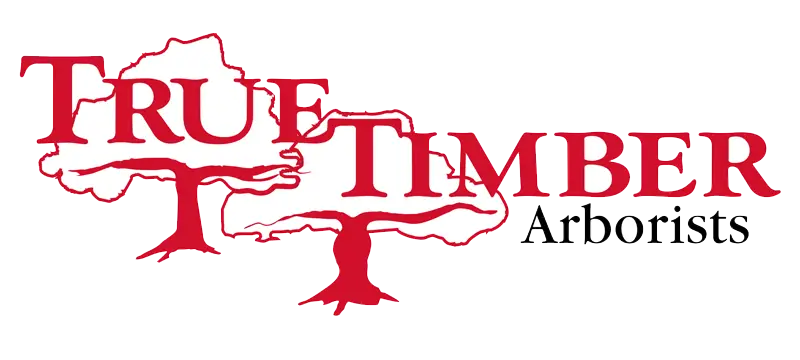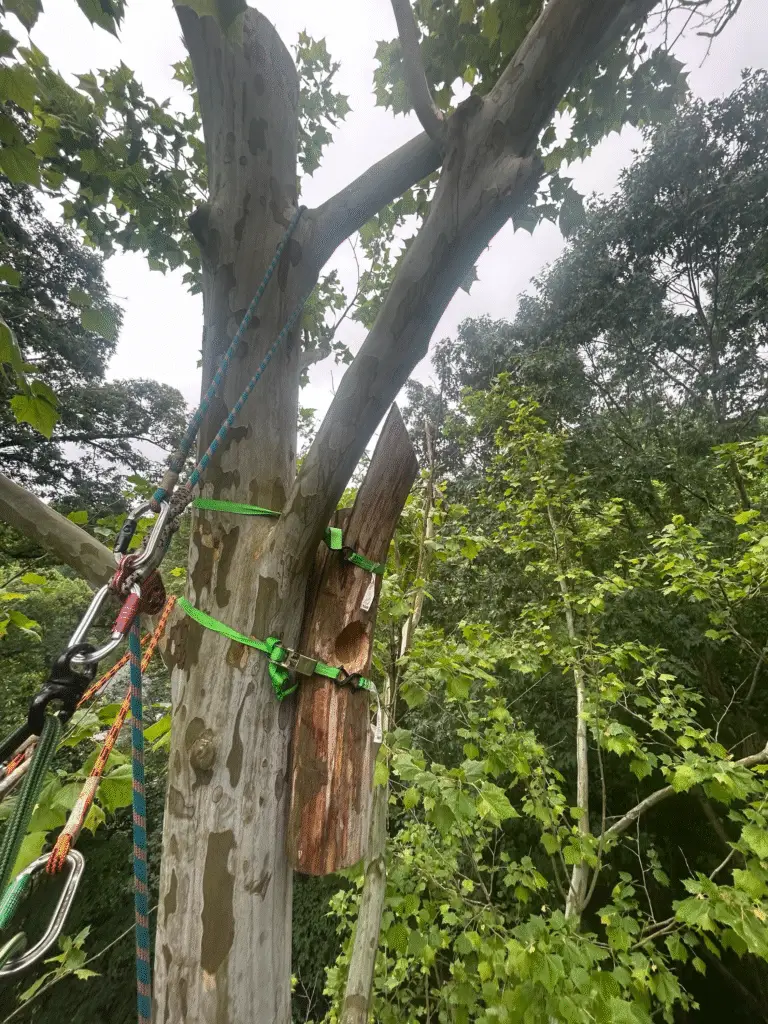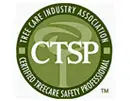Living in Richmond is pretty special and it’s so common for a city and forest to intermingle. We, as residents in this beautiful city, have to coexist with these incredibly ancient, large, living forests. The things that stand the tallest in the forest are the trees. Trees provide us with shade and beauty, homes for insects and animals, and perform the magic of turning carbon dioxide into oxygen. People choose where they want to live in the city based on the connection that they feel with the trees.
One reality of living with the trees is that we may have to intervene and take action. Whether that be pruning dead limbs over our houses or having to remove a compromised tree that threatens to fall on property.
Recently one of our teams was performing a standard hazardous deadwood pruning on a Sycamore tree for a client. Our team removed the dead section of the top of the tree with ropes and pulleys to safely bring the limbs to the ground. Once the top reached the ground, they realized that the top had a Pileated woodpecker nest in it with the babies still inside.
The nest was a small hole maybe two inches in diameter pecked into the side of the wood and then the hole went straight down in the middle of the wood creating a little cavity for the birds to live. As advisors, we knew we had to help find a solution.
Our team was able to have conversations with our client and the Virginia Department of Wildlife, who advised us to somehow put the nest back into the tree, as Pileated woodpeckers are a protected species.
It was the end of the day; dark clouds were rolling in and the sounds of a storm were on the horizon. The team managed to lift the 30-pound nest up about 45 feet into the top of the tree. The goal here was to get the nest up off the ground to protect it from predators, like snakes, foxes, etc.
The next morning, we returned to attempt to permanently re-attach the nest to the tree. We floated some ideas for reattachment. We opted to use ratchet straps to tightly secure it to the trunk, thinking it would be the least invasive option.
It took roughly two hours to finally give the nest lasting security to the tree. I was very impressed with how our team came together to handle this situation. Solid communication and a deep desire to protect and respect the natural environment are essential. This experience is definitely in the top 10 for coolest, most rewarding tree work related things I have been a part of.
Our client even provided an update that she’s been watching the nest and spotted the mama woodpecker hanging around the tree and nest. Totally made our day!







